It’s fall 2024 and Gregory Stevens’ Eco-Art class is a breath of fresh air for Stevens and students alike.
Nature-deficit disorder, as coined by Richard Louvre in 2005, refers to the minimal amount of time the average person spends in nature. According to Louvre’s “Last Child in the Woods,” the average teenager spends only eleven minutes outside every day.
This is what art teacher Greggory Stevens’ new Eco-Art class is designed to combat. However, it’s not easy to convince students to become invested in the environment.
“The majority of students and adults at this point are so disconnected from nature that it’s almost like a second thought,” Stevens said.
Stevens believes kids living in inner city school districts, like those at Norrix, need to spend more time in nature. These interactions are the first step in building an appreciation for nature and the natural world.
The curriculum for such a class, however, wasn’t readily available, and creating a new curriculum is not easy. Stevens had the idea for the class ten years ago, but he put the plan to the side because of the slow mechanism that is the KPS school board approval system for new classes. This process can take a year or more for new classes to be presented and gain approval. About two years ago, however, the idea sprang up once again.
“To stay fresh in the teaching industry,” Stevens said, “one must be interested in what they teach.”
This belief is integral to the class. Literature such as Aldo Leopold’s “Sand County Almanac“ underlines Stevens’ core concepts and is featured early in the curriculum. It nurtures students’ “land ethic,” as described in Leopold’s writing. A “land ethic” encourages students to be part of the community by helping it grow, by thinking about the world around them and its future, rather than their immediate self-interest.
That same class curriculum requires students to spend time out in nature working on projects, such as collecting materials to make baskets and to incorporate into other artworks throughout the trimester.
“I have a lot of experiences outside,” said senior Morgan Hall, a current student in the class. “They’ve just kind of dwindled since high school started. So going out yesterday… it was nice, good weather and stuff, so it made me realize that I needed to go out more.”
When deciding what to put in the curriculum, Stevens had the idea to pursue an outdoor classroom, not for just the Eco-Art class but for everyone in the school. The classroom is located just outside the A-Wing and is a quiet respite for both Stevens and students.
“It [the outdoor classroom] is a good way to get out of this smelly building and get away from all the people,” said Hall.
The classroom acts as a respite from the cramped halls for students, but for Stevens, it is a way to encourage students to learn.
“I’m trying to teach students that they, in a nutshell, are part of the natural world as opposed to something that they just pass by or don’t use,” Stevens said. “That they are dependent on it, and hopefully that instills the belief that they need to do everything that they can to protect it as stewards of this Earth.”


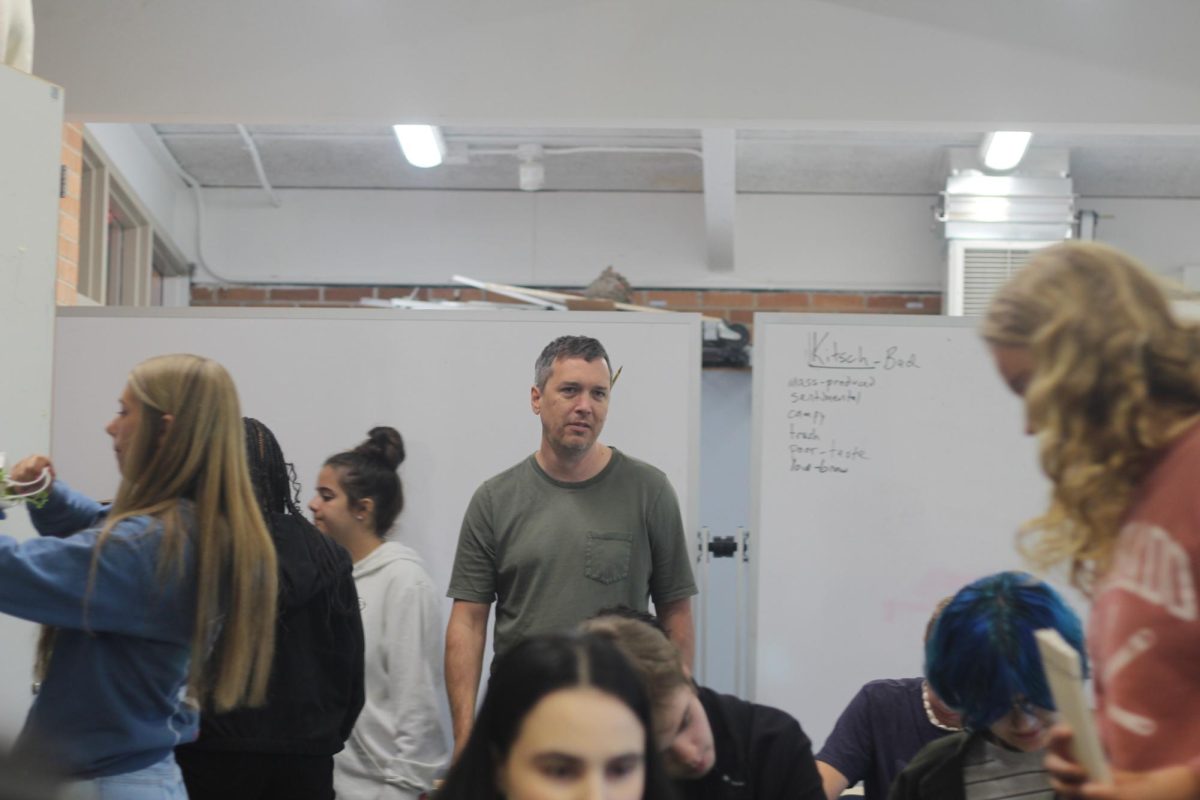


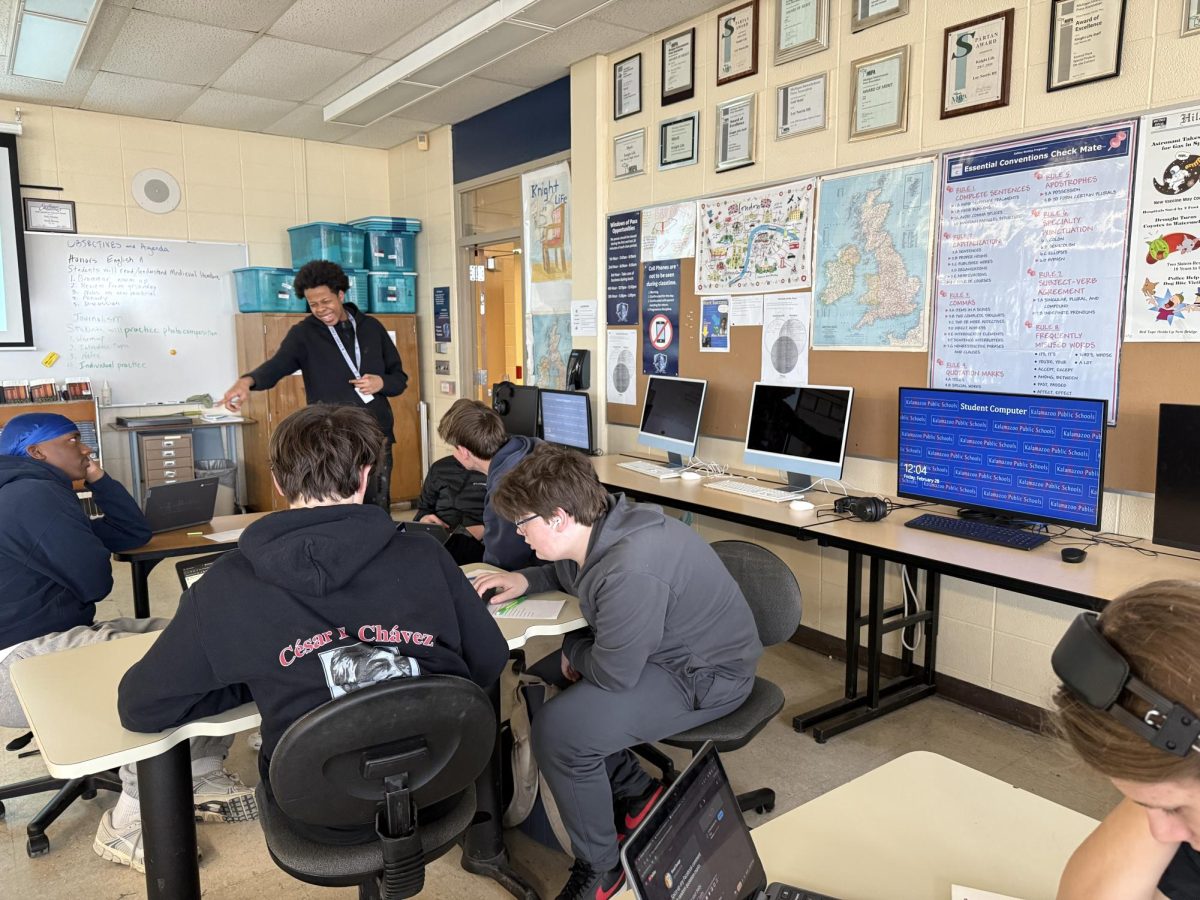
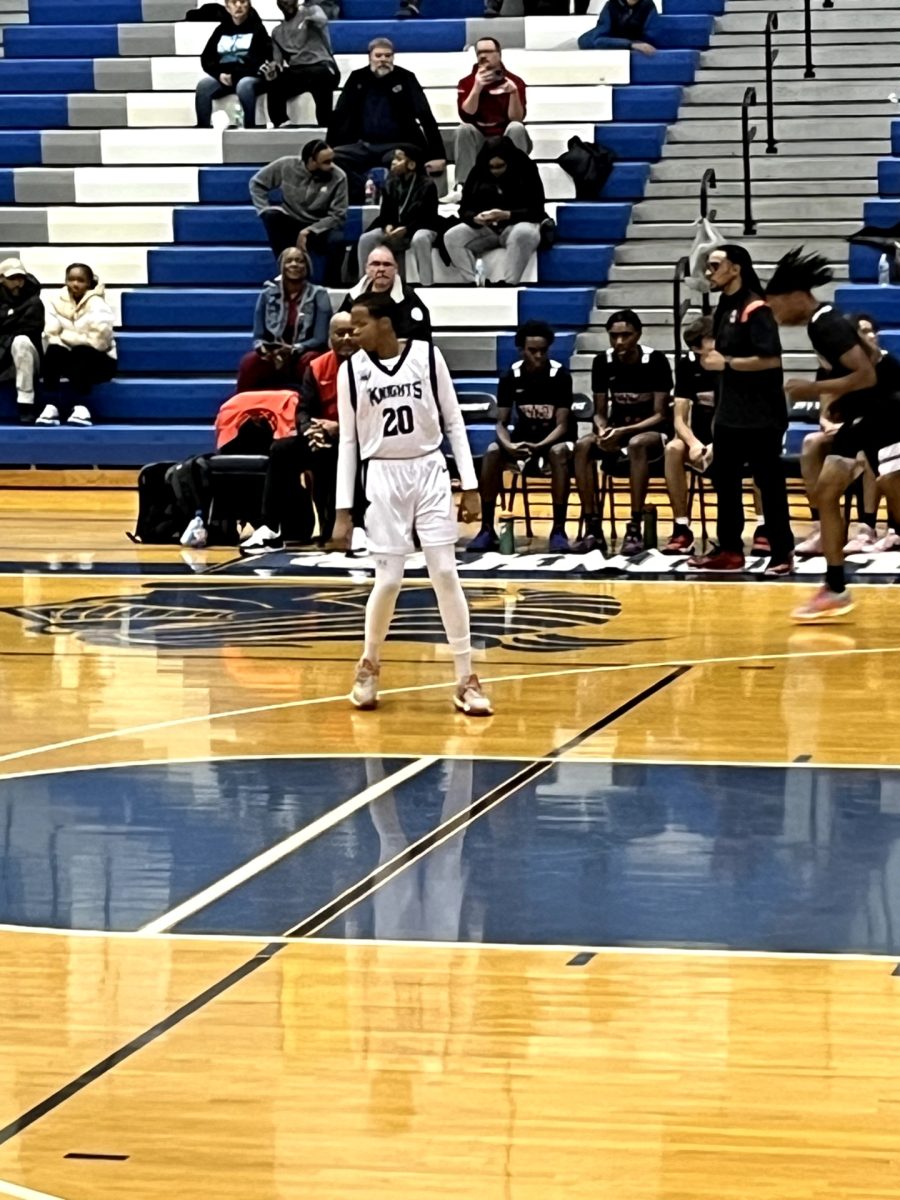
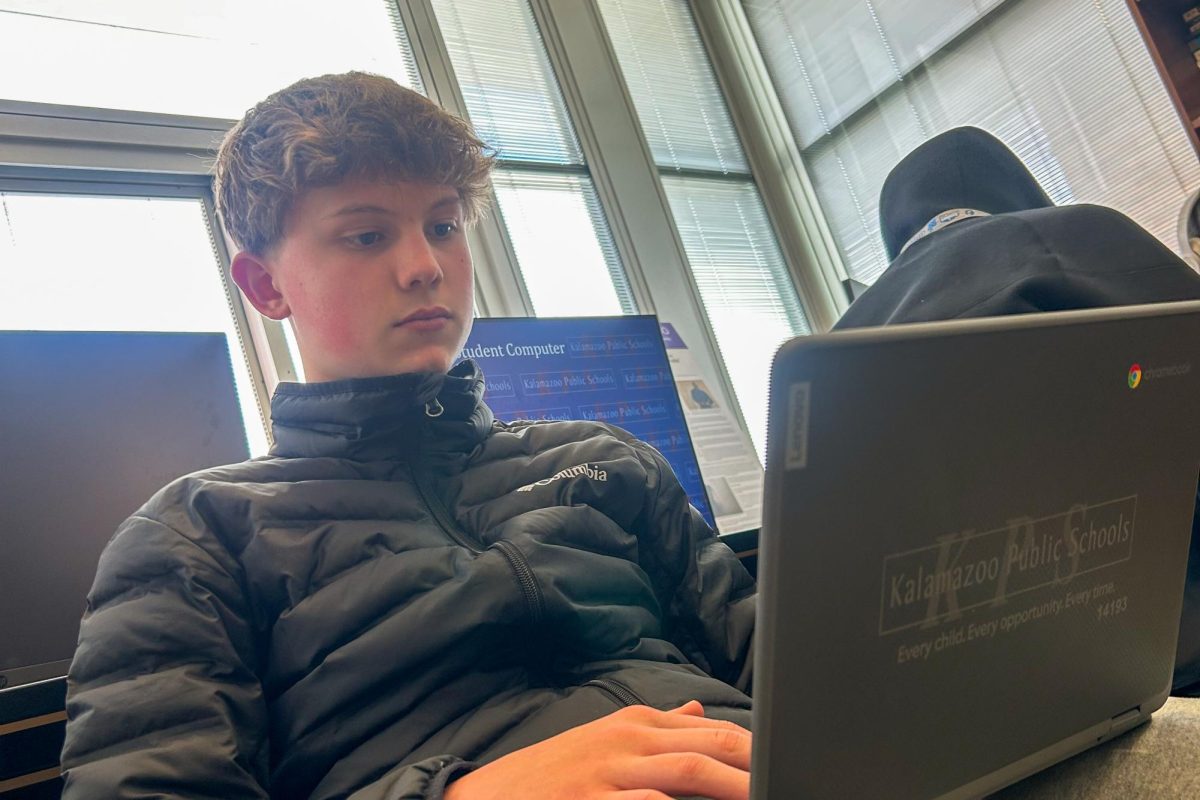

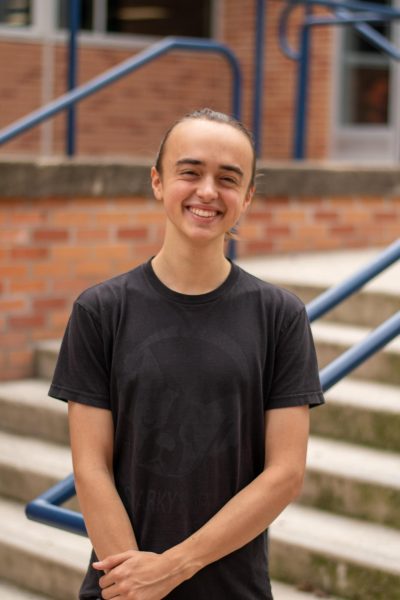
Cottie • Oct 8, 2024 at 10:47 am
How amazing. This makes me hopeful and speechless.